The largest state in the USA, Alaska is a sparsely populated land of immense natural beauty. At one-fifth the size of the lower 48 States, Alaska has 3 million lakes, over 3000 rivers, 17 of the USA’s 20 highest peaks, 100,000 glaciers and 15 national parks, preserves and monuments.
Anchorage, Alaska’s largest city, is both a popular tourist destination and the center of commerce and transportation for the region; 40 per cent of the State’s population lives here.
Fairbanks, Alaska's second-largest city, situated at the northern end of the Alaska Highway, is a trade and transportation center for the Interior and Far North regions. From mid-May through to July, visitors can enjoy more than 20 hours of sunlight a day.
Alaska offers some of the most spectacular fishing in the world. Rivers, lakes and streams throughout the State provide the chance to hook trout (such as rainbow, cut-throat and steelhead), as well as other, more challenging game fish including arctic grayling and sheefish. Skiing is another popular option, but the official sport of Alaska is actually dog mushing. Visitors can take a team of spirited huskies on a sled-dog tour or watch the experts at work in one of the many annual sled-dog races.
The climate varies widely throughout the State. Anchorage’s summer weather is pleasant and the winters are mild. Fairbanks, the Interior and parts of the Bush region experience Alaska’s most extreme weather conditions with average temperatures ranging from 22ºC (72°F) in high summer to -28ºC (-19°F) in winter.
In the Anchorage area, a layered wardrobe is the best option, with alight jacket in summer and a warm coat in winter. Elsewhere, very warmwinter clothing is required in the coldest months. Lightweight clothingis advisable during the summer.
663,661 (official estimate 2005).
0.4 per sq km.
Juneau.
Alaska (GMT - 9) in the greater part of the State; Hawaii-Aleutian (GMT - 10) west of 169° 30’. Daylight Saving Time is observed in the greater part of the State, but not west of 169° 30’.
The Last Frontier.
Alaska’s largest city is both a popular tourist destination and the center of commerce and transportation for the region; 40 per cent of the State’s population lives here. Local wildlife museums include the Alaska Zoo, the Imaginarium, and Potter’s Marsh, where up to 130 species of waterfowl can be viewed from a boardwalk. Geographical reminders of the 1964 Good Friday Earthquake (North America’s strongest) can be seen at Earthquake Park, while admission to the Alaska Experience Center includes a film on this devastating event. A wealth of local history can be seen at the Heritage Library and Museum, the Anchorage Museum of History and Art, the Oscar Anderson House Museum, and the Alaska Native Heritage Center, situated some 10km (6 miles) east of the city. A short trip north of town leads to the Eagle River Visitor Center and the alpine beauty of Chugach State Park. Also north of the city, at Eklutna Village Historical Park, highlights include St Nicholas Russian Church and the brightly painted ‘spirit houses’. South of Anchorage, at Girdwood, visitors can try their luck by panning for gold nuggets at Crow Creek Mine.
Alaska’s second-largest city, situated at the northern end of the Alaska Highway, is a trade and transportation center for the Interior and Far North regions. From mid-May through to July, visitors can enjoy more than 20 hours of sunlight a day. Attractions range from the Alaskaland Theme Park to the University of Alaska Fairbanks Museum.
Throughout the winter, Fairbanks hosts world-class sled-dog races, ice-sculpting competitions and skiing events. The most sought after winter attraction, however, is the aurora borealis, which lights up the northern skies (best from December to March). A popular excursion is to the Chena Hot Springs resort, some 95km (60 miles) east of the city.
Juneau, Alaska’s third-largest city, is accessible only by sea or air. The city boasts excellent examples of original historic buildings and some fine museums, including the Alaska State Museum and the Juneau-Douglas City Museum. It is also famed for the great outdoors and its many hiking trails, as well as opportunities to view whales, bears and eagles.
From Juneau, a short flight can be made to view the nearby Mendenhall Glacier, located 21km (13 miles) from Juneau.
Situated on the edge of the Prince William Sound, Valdez is popular for the abundance of outdoor pursuits available (such as hiking, rafting and fishing). The most popular excursion is to Columbia Glacier, a 6km- (4 mile-) wide piece of ice, which is the fastest moving glacier in the world; it can be reached via day cruises, charter boat, flight-seeing tours and the State ferry.
This stunning region offers a wide variety of activities including hiking, ice-climbing and wildlife viewing. Denali is an Athabascan name meaning ‘the high one’. At 6197m (20,331ft), Mount McKinley is the tallest peak in North America, and on a clear day it can be seen from Anchorage, 240km (149 miles) away. Denali National Park & Preserve is famous for panoramic views of Mount McKinley and the Alaska Range. A popular day excursion takes tourists on a shuttle bus through the wilderness to see caribou, grizzly bears, wolves and moose.
This city is famous for three things: salmon, totem poles and rain. Around 419cm (165 inches) of rain fall each year on this southeastern city. Visitors should not let this put them off, however, as it is here they will find the Totem Heritage Center, and the Saxman Totem Park, which contains the world’s largest collection of standing totem poles. The Totem Bight State Historical Park, with its collection of replica totem poles and a tribal house, overlooks the Tongass National Forest, the largest in the USA and home to more than 50 species of birds, mountain goats, orca whales and glacier bear. Excursions include a boat or plane trip into the Misty Fjords National Monument. The coastal rain forests and glacial fjords shelter many species of land animals and sea life.
The principal town on Kodiak Island, this is the home of Alaska’s largest fishing fleet. The legacy of Russian influence can be found at the Baranov Museum, while the culture of the island’s native people can be explored in the little Alutiiq Museum. The Kodiak National Wildlife Refuge covers two-thirds of the island, offering a protected habitat for Kodiak brown bears, which are the largest carnivores in North America.









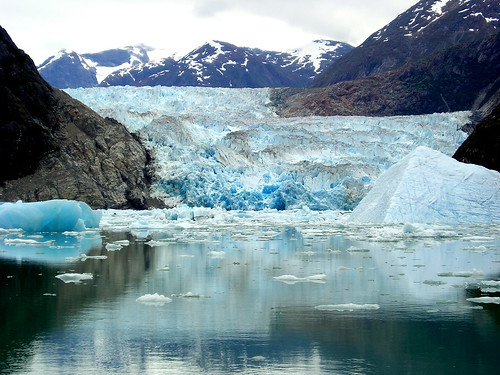
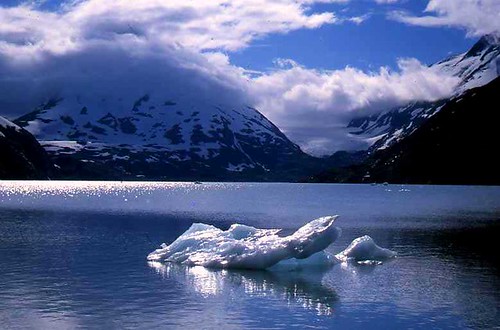








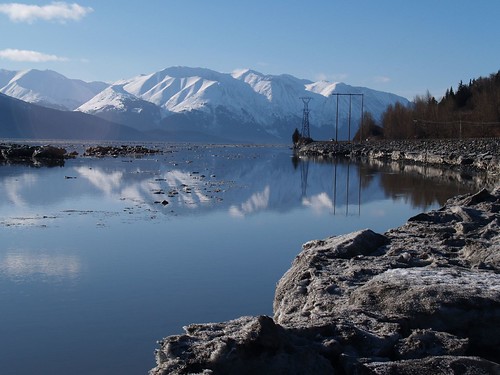























 2:41 AM
2:41 AM
 crkota
crkota





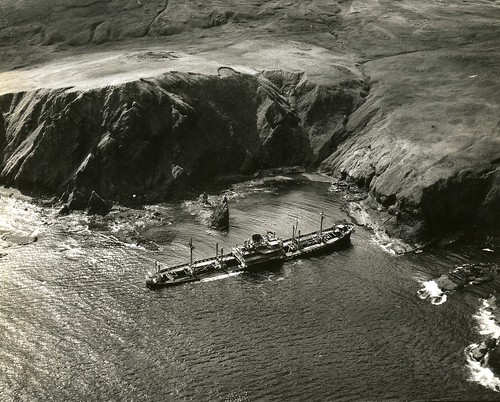
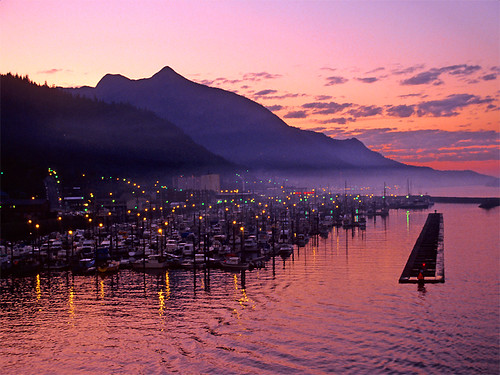
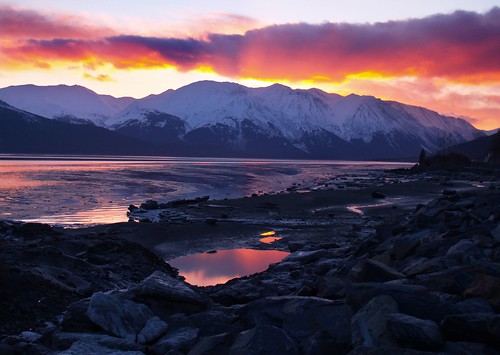



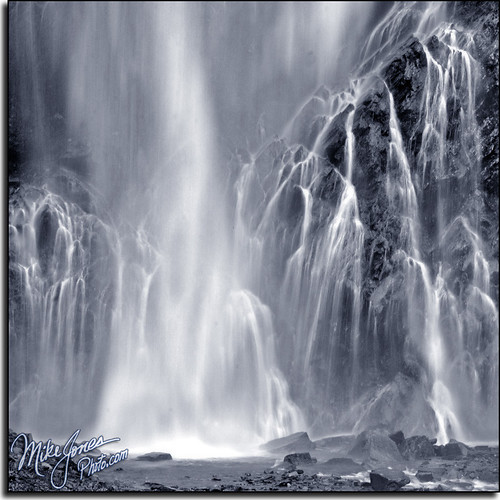
 Posted in:
Posted in: 

1 comments:
Some Alaska images above are copyright protected images and used without permission.
If you do that, you should at least give the photographer credit for and a link to his/her website.
Some Alaska pictures above is copyrighted by Rolf Hicker Photography.
Here you can find more of Rolf's Alaska pictures.
Post a Comment